5 Basic Obedience Orders to Teach Your Dog
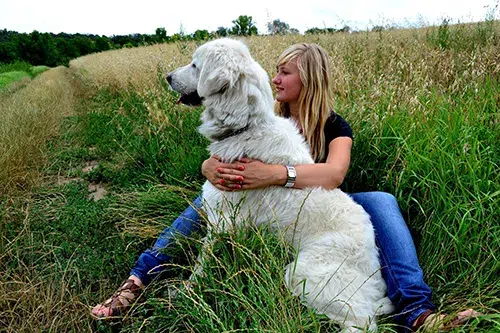

Learning some basic obedience commands from when a new dog mate comes home is critical to making it easier for everyone to enjoy the new cohabitation.
That the dog learns to go to the call, stay still when you ask it, or walk next to you, are basic orders of obedience that will facilitate your day-to-day with your pet.
To teach him to perform these actions you can go to a basic dog obedience course with a professional trainer, or you can teach them yourself.
If you want to be yourself who teaches your dog, remember that the best way to do it is always from affection, patience, and positive reinforcement. Award-winning behaviors tend to repeat themselves, so prepare caresses and rewards.
How to teach and work with your dog the basic orders of dog obedience
Teaching your dog with positive reinforcements is rewarding his behaviors when performing the actions you want him to do.
You can teach him the basic orders of obedience through a gesture or a word, which the animal will come to identify with one or another action.
Through the game, prizes, and caresses you can teach him what behaviors you want him to perform in each case. Whenever the dog does what you want do not forget to give the deserved prize, as we said before, the rewarded and reinforced behaviors tend to repeat.
Basic dog obedience orders to teach your dog
All the basic exercises of dog obedience have to start in environments with few stimuli to be able to have the maximum attention and obtain the maximum success of the dog, as well as avoid despair because he does not pay attention.
Obedience exercises can be performed indoors, in the garden, or in the yard, all exercises can be done with or without a leash, but never using it to guide the dog.
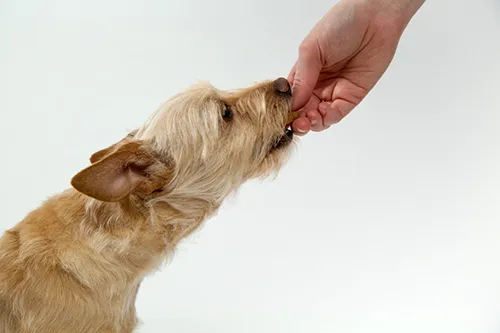

It is important to be affectionate and patient during training and teaching and dedicate every day 10 minutes to work on the basic obedience exercises.
5 basic obedience words for your dog to learn and how to teach them
- Sit down
- Stand still
- Come to your call
- Walking without pulling the leash
- Lying down
-
Getting Your Dog to Sit Down
All dogs know how to sit, so we just need to learn the word and the gesture to do it.
We prepare a prize inside the hand or between the fingers, we pass it over the head, from the nose to the ears, and the dog sits alone, at that time we can say “very well feels” and give the prize, we can put the word we want.
-
Teach your dog to stand still
It’s a good thing the dog learns to sit still when we ask.
You can achieve it through the word «Still» by placing the palm in front of him in a stop position and taking a step back, little by little you are expanding the distance and time, you must always come back to reward, never call to come, so he will always wait for you.
The dog should be rewarded every time he stays still properly.
This order will help us so that the dog also learns to wait before entering a room, home, the portal or leaving it. You can work it with the order «Wait» before the dog tries to enter or leave. And do not forget to reward him when he gets it!
-
Get the dog to answer your call
Getting the dog to come when we call him is one of the most important orders. You can work it through the word «Come» or “come here” pronounced in a cheerful and confident voice.
When he comes to you, he will receive the reward you hide in your hands, we have to think that our dog is very entertained with the world, so if we reward him with much joy and rich rewards, it is much more likely that he will come when we call, It is also important not to call you when you are sure you are not coming, especially at first, for example when you are playing with another dog.
-
Teach your dog to walk without pulling the leash
This order is somewhat more complicated than the previous ones. Getting the dog to walk alongside us, with or without a leash requires patience and work.
You can use the “join” command for the job to tell him to go with you.
- Stop the dog when you see that during the ride begin to pull the leash.
- You resume the march with candy in your hand, whenever you put it next to you give him a piece indicating that it is okay, you can use “very well together” and that way being next to you will be fun, never hit the leash, if we do not want to pull our dog, we have to comply and not throw ourselves.
- There is a way of working that tells the dog to sit down before continuing walking, but this way has a problem, there are many times that our dog learns to sit and then hits a strong pull with which we fly out, if we use this form we have to give time to stabilize the sitting position and provided we can change direction.
- If we go on a leash when we see that he starts to shoot like crazy, we stop and hope that the dog stops throwing, rewarding its tranquility with keep walking.
As we have said, it is one of the exercises that we all want and that is difficult to settle into the work.
-
Teach your dog to lie down
You can work with a candy in the hand, in front of the nose of the dog, which we move towards the ground little by little while we give the verbal order. Later we can work the same order but already without the treat, directly with the hand.
These are 5 basic orders of dog obedience that you must teach your dog to learn to obey you in everyday situations, there are many more that always ask us, as the one that does not eat things from the floor, to release things that have in the mouth, Do not jump people on the street, and all that you are coming up with, but these 5 words will help you a lot in the day to day.



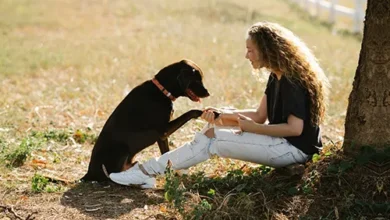
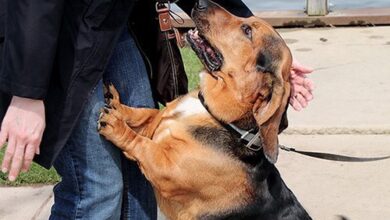

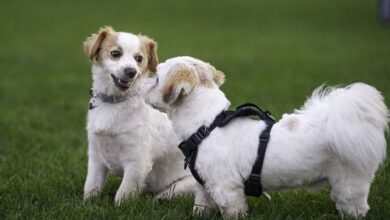
One Comment